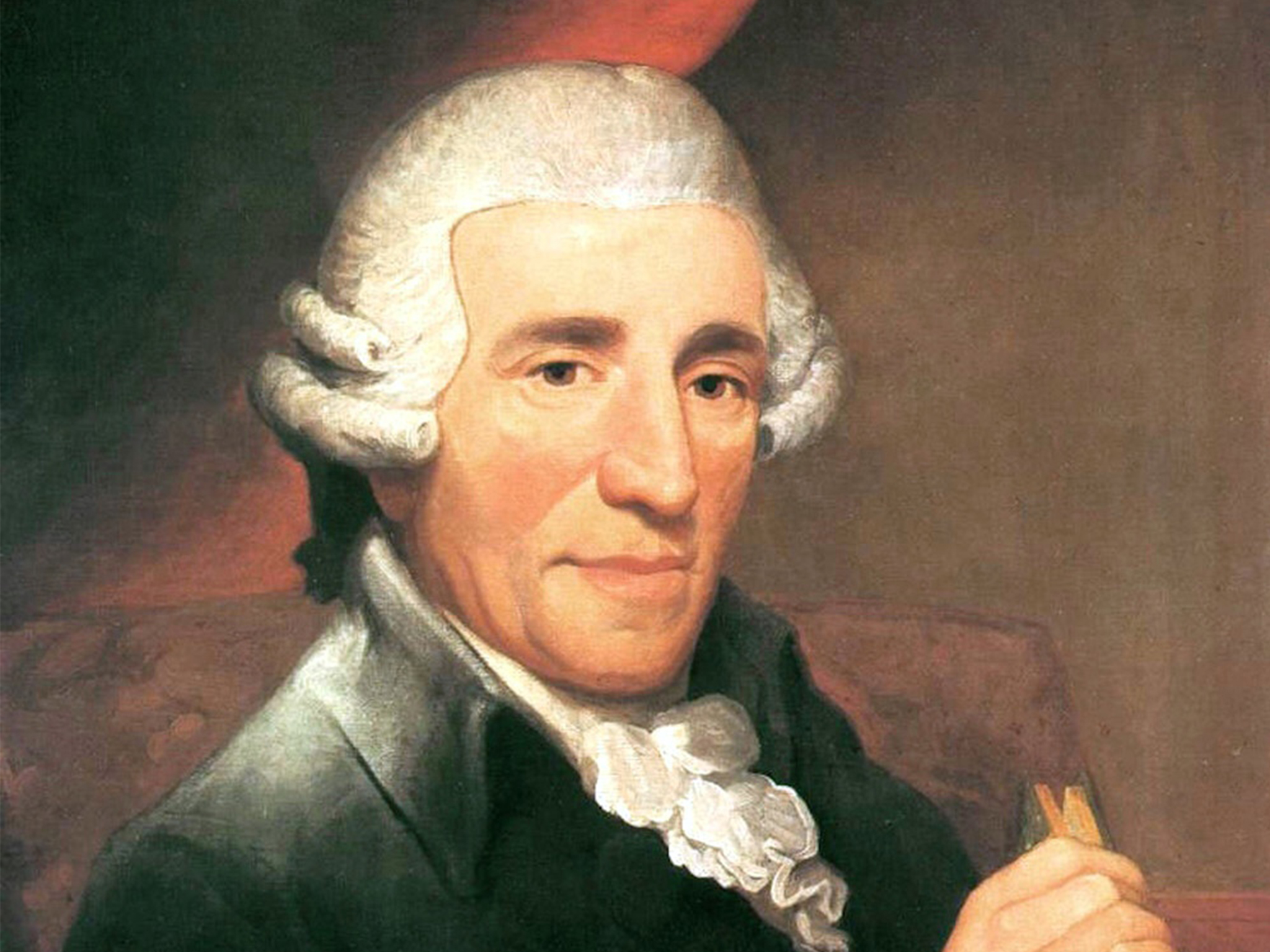Among the towering achievements of the Classical era, few chamber works possess the emotional resonance and historical significance of Joseph Haydn’s “Emperor” String Quartet, officially titled String Quartet in C major, Op. 76, No. 3. Composed in 1797, this masterful work not only showcases Haydn’s mature style but also contains one of the most famous melodies in Western music—a melody that would later become the national anthem of Germany.
A Master at the Peak of His Powers
By the late 1790s, Haydn was widely recognized as the father of the string quartet and one of Europe’s most celebrated composers. Though he had spent most of his life in service to the Esterházy family, Haydn’s reputation had soared after his triumphant visits to London in the 1790s. Upon returning to Vienna, he began composing a final series of six string quartets—his Opus 76—commissioned by the Hungarian nobleman Count Joseph Erdődy.
These quartets are often seen as the pinnacle of Haydn’s chamber music output, displaying bold creativity, rich harmonic language, and structural sophistication. The third quartet of the set, nicknamed “Emperor” (or “Kaiserquartett” in German), stands out in particular for its deeply patriotic second movement.
A Hymn for the Emperor
The nickname “Emperor” comes from the quartet’s second movement: a set of variations on a hymn tune Haydn had recently composed. In 1797, Haydn wrote “Gott erhalte Franz den Kaiser” (God Save Emperor Francis) as a response to patriotic fervor stirred by the Napoleonic Wars. Austria had suffered military defeats, and Haydn—deeply loyal to the Habsburg monarchy—was inspired to contribute a musical symbol of unity and national pride.
The hymn, first performed on Emperor Francis II’s birthday in February 1797, became immensely popular. It was Austria’s first official national anthem and remains familiar to this day as the melody of the German national anthem, “Deutschlandlied.”
Haydn was so pleased with the tune that he incorporated it into the second movement of the “Emperor” Quartet. He structured the movement as a theme with four variations, each variation presenting the melody in a different voice of the quartet—first violin, second violin, viola, and cello—while the other instruments provide delicate and supportive textures.
The Quartet as a Whole
While the second movement garners the most attention, the “Emperor” Quartet is powerful in its entirety. The first movement opens with a stately and dramatic Allegro, full of energetic themes and bold modulations. The Menuetto (third movement) blends grace and strength, and the final movement (Presto) is lively and virtuosic, ending the work on a triumphant note.
Together, these movements demonstrate Haydn’s unparalleled command of form, his inventive treatment of harmony, and his gift for lyrical expression. It is no wonder that this quartet remains one of the most frequently performed in the chamber music repertoire.
Legacy and Influence
The “Emperor” Quartet continues to be celebrated not only for its musical beauty but also for its symbolic significance. The hymn tune at its heart has outlived empires and political regimes, becoming a unifying thread through European history. For listeners today, the quartet offers both a deeply personal expression of Haydn’s artistic maturity and a glimpse into the political and cultural currents of late 18th-century Austria.
Through this composition, Haydn left an indelible mark not just on chamber music, but on the musical and national consciousness of Europe.


Comments are closed